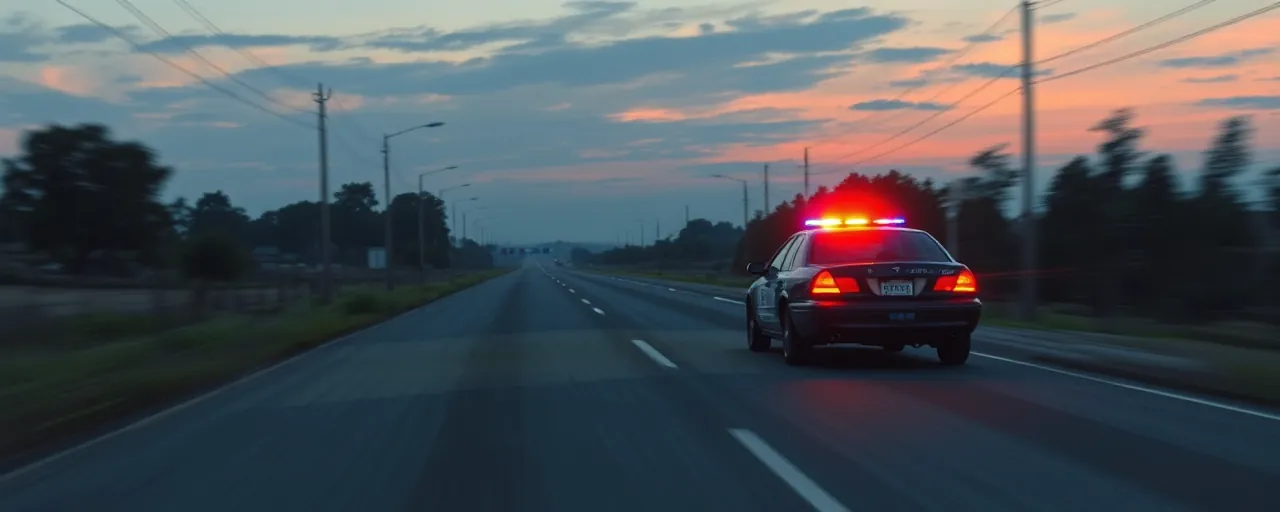A Chase Ends in Gunfire
It came out of nowhere for law enforcement on October 24, 2024. A routine pursuit turned deadly when Douglas Reynolds, a 37-year-old from New Hampshire, allegedly fired a shot at a federal officer. The chase began in New Hampshire, hit speeds topping 100 miles per hour, and crossed into Vermont, ending near Ryegate. Reynolds now faces federal charges that could land him in prison for life.
The incident has thrust a spotlight on the risks officers face and the broader efforts to curb violent crime across state lines. Announced on April 3, 2025, by the U.S. Attorney’s Office in Vermont, a grand jury’s second superseding indictment added charges of assaulting a federal officer with a firearm to Reynolds’s existing firearm-related offenses. He remains in custody, with his arraignment still pending.
Unpacking the Charges
Court records paint a tense picture. After the high-speed chase, Reynolds reportedly pointed a gun out his car window and fired. Officers returned fire before apprehending him. If convicted, he faces a mandatory minimum of 10 years behind bars, with the possibility of a life sentence. The severity reflects federal laws that impose steep penalties for firearm use in crimes, especially against law enforcement.
This case ties into Operation Take Back America, a Department of Justice initiative launched in March 2025 to tackle violent crime, cartels, and illegal immigration. It builds on Project Safe Neighborhoods, a program dating back to 2001 that unites federal, state, and local agencies to reduce gun violence. The U.S. Attorney’s Office stressed that Reynolds is presumed innocent until proven guilty, a reminder of the legal process ahead.
The Bigger Picture on Crime and Enforcement
Collaboration between agencies like the FBI, U.S. Marshals Service, and Vermont State Police was key to this operation. Experts point to a growing reliance on such partnerships to tackle crimes that spill across jurisdictions. Advances in data-sharing tech have bolstered these efforts, letting agencies coordinate faster and smarter. Yet, challenges linger, from siloed systems to debates over resource use.
Federal prosecution of violent crimes often brings tougher sentences than state courts, a tactic supporters say deters offenders. Programs like Project Safe Neighborhoods have notched successes, cutting violent crime by up to 20% in some areas, according to studies. Still, voices from community advocacy groups argue that long sentences alone don’t fix deeper issues like poverty or access to illegal guns, raising questions about long-term impact.
High-Speed Chases Under Scrutiny
The chase that led to Reynolds’s arrest isn’t an isolated event. High-speed pursuits have spiked in places like Los Angeles, where police logged over 1,100 in 2024 alone. Nationwide, these incidents claimed 483 lives in 2022, down slightly from a peak the year before. For officers, the legal shield of qualified immunity often holds unless clear misconduct is proven, but families of injured bystanders sometimes pursue wrongful death claims.
Law enforcement agencies face a tough balancing act. New tools, like AI to disable fleeing vehicles remotely, aim to cut risks, but civilian injuries persist. Some call for stricter pursuit policies, pointing to safer options like aerial tracking. Others defend chases as vital to catching dangerous suspects, leaving policymakers and communities wrestling with the trade-offs.
What Lies Ahead
Reynolds’s case rolls forward as part of a broader federal push to clamp down on violent crime and firearm offenses. Operation Take Back America signals an aggressive stance, pooling resources to target transnational networks and local threats alike. Its focus on stiff penalties echoes decades of federal efforts to deter gun violence, from 1930s organized crime crackdowns to today’s data-driven strategies.
For people watching from the sidelines, this incident hits close to home. It’s a stark reminder of the stakes, not just for officers and suspects, but for anyone caught in the crossfire. As courts weigh Reynolds’s fate, the conversation it’s sparked, about safety, justice, and how far enforcement can stretch, isn’t going away anytime soon.
